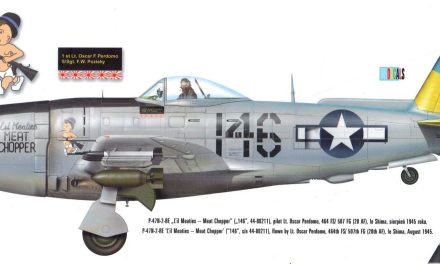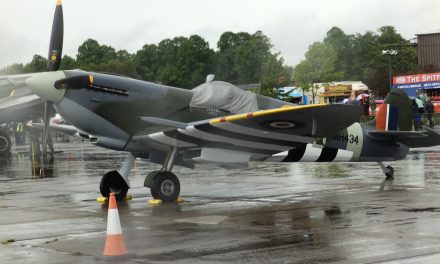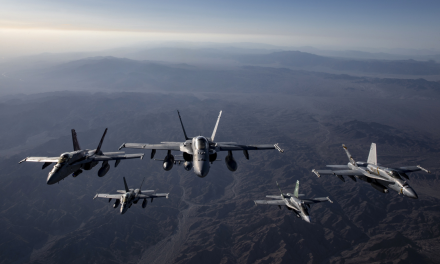
The Mitsubishi J2M Raiden (Thunderbolt), Allied code name “Jack”. The first interceptor built for the Imperial Japanese Navy, this aircraft was designed and built by the same team behind the A6M Zero. Breaking tradition with other Japanese fighters, which had been designed and built with manoeuvrability in mind, the Raiden was designed with only one thing in mind- high speed and a high climb rate. Points of interest in the design include a retractable tailwheel, a streamlined nose (achieved by setting the engine further back into the fuselage and connecting the propellor by an extension shaft) and a laminar flow wing with combat flaps.
The first of three prototypes flew on the 20th March 1942. However, the aircraft didn’t meet requirements and so after being fitted with an improved engine the J2M2 entered production but technical difficulties continued and it was only in December 1943 the J2M3 entered service. This version had a top speed of 370 miles per hour, had a ceiling of 38,385 feet, a range of 600-800 miles, a staggering rate of climb of 3838 feet per minute and was armed with four 20mm cannon.
The J2M was almost exclusively used to defend the Japanese Home Islands against B-29 raids, but it made its debut at the Battle of The Philippine Sea and some did operate in the Philippines. Some were even deployed to the Korean Peninsula to defend against possible Soviet air attacks.
The best version of the J2M was the J2M5 Model 33, which had its armament reduced to a pair of 20mm cannons in order to make it perform at high altitudes (though in the later J2M5 Model 33A the other pair of cannons did return). Though hampered at high altitude by the lack of a supercharger in most variants, the four 20mm cannons proved to be effective against B-29s and the use of “boom and zoom” tactics helped it to score kills against the American bombers. However, the lack of numbers and the change in tactics by American bomber groups in March 1945 with an emphasis on night operations limited the Raiden’s effectiveness.
661 J2Ms were built, and out of these only one example survives intact to this day. The Raiden is one of several examples of the outstanding Japanese fighters that were coming onto the scene in the later stages of The Second World War but never got the chance to fully shine.





Recent Comments